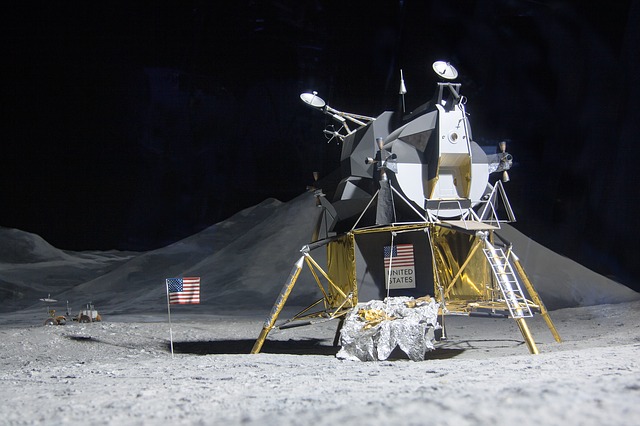
The Earth\’s maximum distance from the Sun is 15,210 million km, and the minimum distance is 14,710 million km. The highest place on Earth is Mount Everest at an altitude of 8850 meters, and the lowest place on Earth is the Mariana Trench at a depth of 11,033 km.
The Earth has 1 orbit – the Moon. Like other planets in the solar system, the Earth still has volcanic activity.
The Earth is the largest of the planets on Earth, the only one that consists of 4 layers, and the only one in which water exists in different states. It covers 70% of the Earth\’s surface.
The
layers are:
- It consists mainly of eruptions
- Upper mantle – despite its rigidity, it is quite viscous and reaches a depth of about 2900 km. Compounds of these elements form the mineral peridotite.
- Outer Solid core – This part of the Earth\’s core consists of nickel and iron (NiFe); the radius of the solid core is about 3,500 km.
- Internal liquid core – the radius is about 1,200 km, and the temperature reaches about 6,000oC
% It consists of nitrogen, 21% oxygen, 0.9% argon, and the rest is other gases and water vapor. Water vapor condenses into opaque clouds, but otherwise the atmosphere is transparent. The entire atmosphere consists of several different layers that differ from each other in temperature, density and pressure.
The layer in which we live, that is, from zero altitude to 18 kilometers in height, is called the troposphere. The force of the troposphere is at the poles of about 9 km, and at the equator it is already mentioned 18 km. Basically, the weather is created in it. This is called the troposphere, the gap between the troposphere and the stratosphere. The stratosphere reaches an altitude of about 50 km.
Within 30 kilometers, a stable temperature is maintained from minus 45oC to minus 75oC, depending on the latitude. The upper stratosphere is warming to minus 15°C. The middle stratospheric layer is called the ozone layer, and ozone (O3) can absorb ultraviolet radiation – only about 1% of this harmful solar radiation reaches the Earth\’s surface. However, human activity destroys the ozone layer (ozone hole), so humanity is at risk of solar ultraviolet rays to some extent.
The 3rd atmospheric layer is the mesosphere, reaching an altitude of 80 km. It is followed by the thermosphere – up to 500 km, a layer that exceeds the limit of this height is called the outer layer.